Sensory bins are a fantastic way to engage children’s senses, encourage curiosity, and support their developmental learning.
Filled with materials that stimulate the senses, these bins can be tailored to any theme or interest, providing endless opportunities for exploration and discovery.
In this post, I’ll share all my favorite sensory bin filler ideas, each offering unique play opportunities.
In this post:
- Benefits of Sensory Play for Kids
- Top 19 Sensory Bin Filler Ideas
- Tools and Accessories for Sensory Bins
- Tips for Using Sensory Bins
- Sensory Bin FAQs
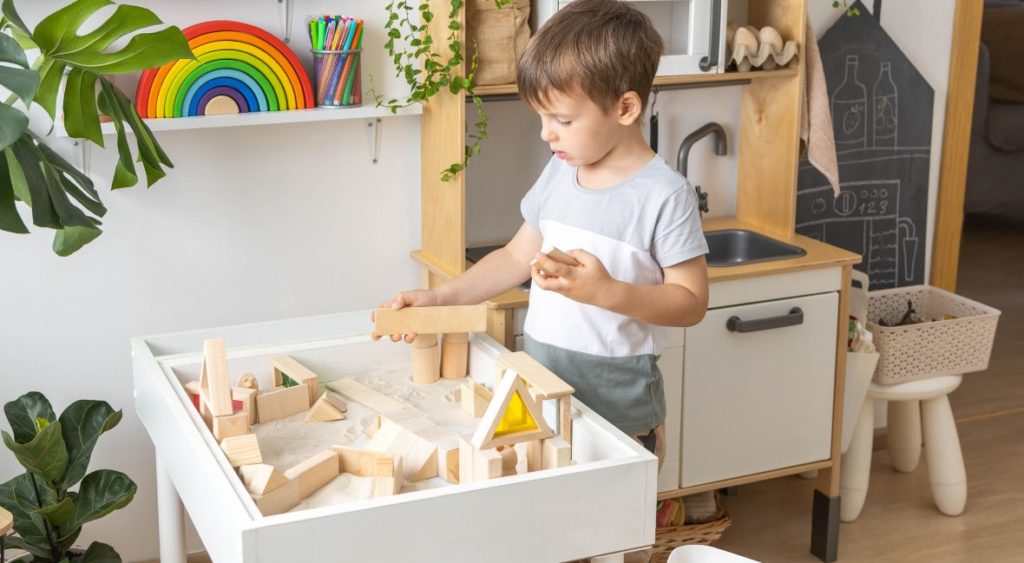
We get commissions for purchases made through links in this post. As an Amazon Associate, we earn from qualifying purchases.
Benefits of Sensory Play for Kids
Sensory play has many amazing benefits for kids! Also, it’s super engaging and brings kids lots of joy, which is enough reason to encourage such play.
Here are some of the key benefits of sensory play for kids:
1. Cognitive Development
Sensory play helps to build nerve connections in the brain, enabling children to complete more complex learning tasks. It supports memory function, thought processing, and problem-solving skills, fostering a foundation for more advanced cognitive development.
2. Fine and Gross Motor Skills
Manipulating materials during sensory play develops both fine and gross motor skills. Fine motor skills are honed through actions like pinching, pouring, or scooping, while gross motor skills are engaged through activities that involve larger movements like digging, walking, or balancing.
3. Language Development
As children explore sensory materials, they learn new ways of expressing themselves and describing their experiences. This enhances their vocabulary and improves their ability to communicate effectively, both verbally and non-verbally.
4. Social Interaction
Sensory play often occurs in group settings, where children learn to share, negotiate, and collaborate. This fosters important social skills, including empathy, cooperation, and the ability to play with others, which are crucial for personal and academic success.
5. Emotional Regulation
Engaging in sensory activities can have a calming effect on children. It provides an outlet for expressing emotions and can help children learn to regulate their responses to sensory stimuli.
6. Encourages Discovery and Curiosity
Sensory play is inherently exploratory, encouraging children to use their natural curiosity to learn. It supports the scientific process of making hypotheses, conducting experiments, and observing outcomes, fostering a lifelong love of learning.
7. Enhances Creativity and Imagination
Sensory bins and activities often do not have a predetermined outcome, allowing children the freedom to use their creativity and imagination. This open-ended play supports innovative thinking and flexibility in thought processes.
8. Sensory Integration
For children with sensory processing issues, sensory play can be particularly beneficial. It helps them process sensory information more effectively, which can improve their cognitive and physical responses to various stimuli.
9. Understanding Cause and Effect
Through sensory play, children learn about cause and effect. This understanding is fundamental to learning about the world around them, from simple concepts like floating and sinking to more complex scientific principles.
Top 19 Sensory Bin Fillers
Here are all my favorite simple and engaging sensory bin filler ideas. Remember: kids don’t need cute/fancy setups! Instead, keep it simple and leave lots of room for kids to bring their imagination to the play!
Non-food Sensory Bin Fillers
1. Water
This is my favorite go-to sensory bin filler! It might not look like much to us as adults, but kids find it super engaging.
Water can be dyed, bubbled, or left clear for endless scooping and pouring activities. Set yourself up for success by avoiding water play on carpeted surfaces. Instead, opt for flooring that can easily be wiped up or take it outside!
2. Ice *
Ice offers a cold sensory experience and a fascinating lesson in melting and states of matter.
You can just dump out some ice from the freezer and call it good. Or you can freeze toys in muffin tins, freeze large blocks of ice, or freeze colored water in containers of various shapes. Kids love checking on containers to see if the water is frozen yet.
*Ice can be a choking hazard. Make sure to provide adequate supervision.
3. Sand
Sand allows for digging, pouring, and molding.
Add some glass gems, a few animals, and some scoops. Have the vacuum, broom, and dustpan handy for quick and easy cleanup.
4. Dirt
Kids love to dig in the dirt! This filler can get extra messy, so it often works best outdoors.
Avoid creating fake dirt sensory bins in favor of letting kids touch actual dirt! If you make a brown goop, just let it be brown goop instead of calling it “dirt.”
5. Pompoms/Cotton Balls*
Soft and colorful, these are great for sorting, counting, and fine motor skills.
*Pompoms and cotton balls can be a choking hazard. Make sure to provide adequate supervision.
6. Kinetic Sand
This magical sand sticks to itself, not to hands, allowing for mess-free sculpting and shaping. It can be a bit more expensive than other fillers on this list, but it is well worth it – kids find it super engaging!
Pair kinetic sand with a few small scoops and containers of various sizes.
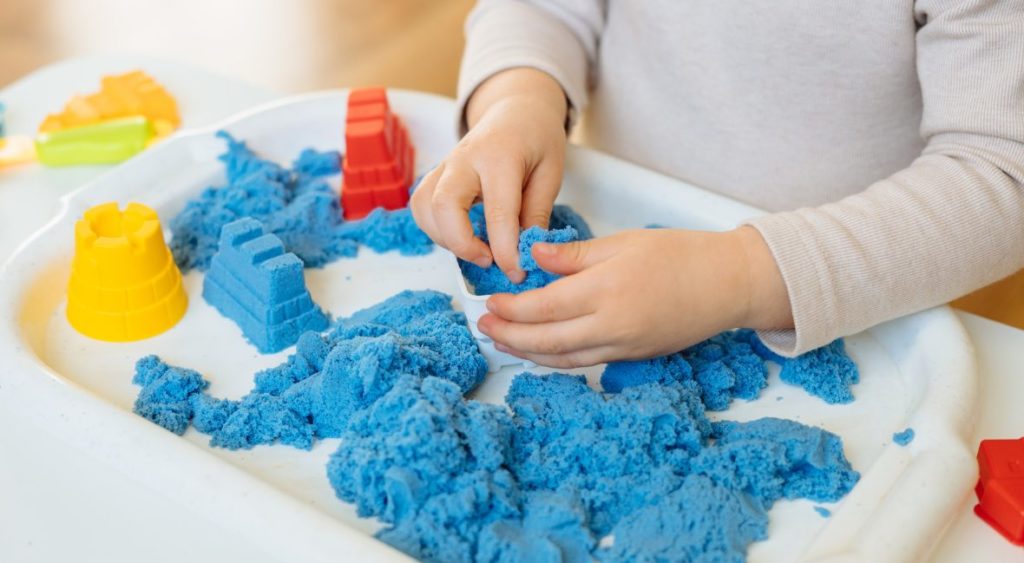
7. Shaving Cream
Fluffy and fun, shaving cream is perfect for sensory play and practicing drawing/mark-making.
8. Shredded Paper
Shredded paper offers a great sensory experience for kids that differs from many other fillers on this list. It’s simple to make and easy to clean up!
Kids love to dig out things that are mixed in with shredded paper.
9. Soap Foam
Bubbly and light, soap foam is ideal for sensory play that cleans up easily.
Simply mix up some dish soap and about a cup of water in the blender or with a hand mixer. Add some food coloring for extra fun!
10. Colored Aquarium Gravel
Bright and smooth, these rocks add color and texture to any sensory bin and are fun for kids to dig, scoop, and pour.
You can often find bags of aquarium gravel at the thrift store.
Food Sensory Bin Filler Ideas
11. Pasta
Dry pasta offers a variety of shapes and textures for sensory exploration and creative play, and you probably already have an extra box or two around.
You can even easily dye pasta to create a colorful sensory bin!
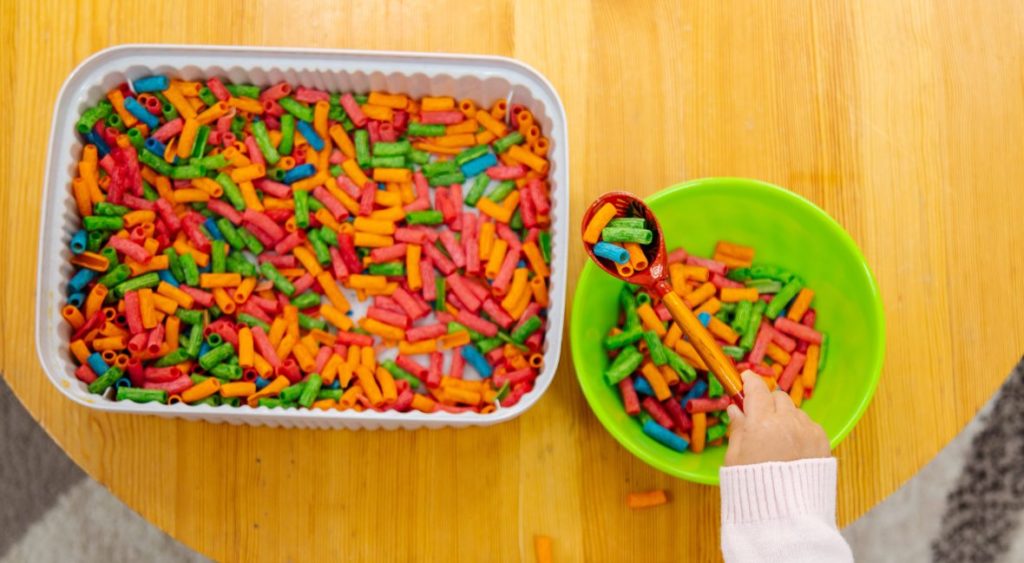
12. Oats
A pantry staple that provides a soothing texture and is safe for younger explorers.
Mix in a few small toys, add a scoop or two, and let kids play away!
13. Beans*
Different sizes, shapes, and colors of beans provide excellent sensory exploration and learning opportunities. Beans last a long time and are easy to clean up.
Try mixing bags of various types of beans to add variety to your sensory bin.
*Beans are the perfect size for getting stuck in noses and ears. Make sure to provide adequate supervision.
14. Rice
Rice is another of my top go-to sensory bin fillers! Kids love it, and it can be super cheap when bought in bulk.
Colored or plain, rice can be scooped, poured, or used as a calming sensory base.
It is super easy to dye rice, and this can be a fun project for you and your child. Kids enjoy smushing the rice around in a plastic bag with food coloring.
15. Cornmeal
Cornmeal is another simple and great way to mix up your sensory bins! Its fine texture offers a different sensory experience, akin to sand, but with a unique consistency.
Cornmeal pairs well with scoops, funnels, spoons, containers, and small toys.
16. Cooked Noodles
Slippery and slimy, cooked noodles offer a tactile experience that’s fun and messy. These are a great taste safe sensory experience for babies and toddlers.
You can simply cook up some noodles or dye them in vivid rainbow colors as they cook.
Make sure to throw out noodles after each play session.
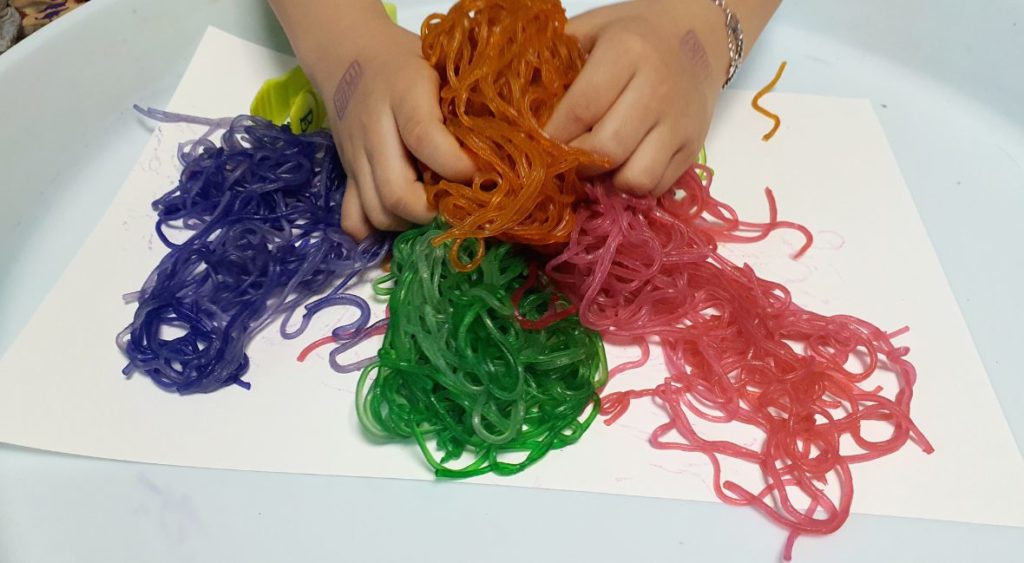
17. Chia Seeds in Water
When soaked, chia seeds create a gel-like texture that’s fascinating to touch and explore. Kids love to mush them around with their hands.
Simply add 1 part chia seeds to 4 parts water. Add food coloring to switch up the play experience.
18. Flour
Soft and powdery, flour can be a fun base for sensory play. Kids love to scoop, pour, mix, and explore the texture with their hands. Flour can very quickly get everywhere, so make sure to save some time for cleaning.
Combine flour with water to allow kids to make their own sticky mixture! This one gets extra messy (and dries like a rock), so it works best outside.
Include kids in baking instead of setting up a flour sensory bin when possible.
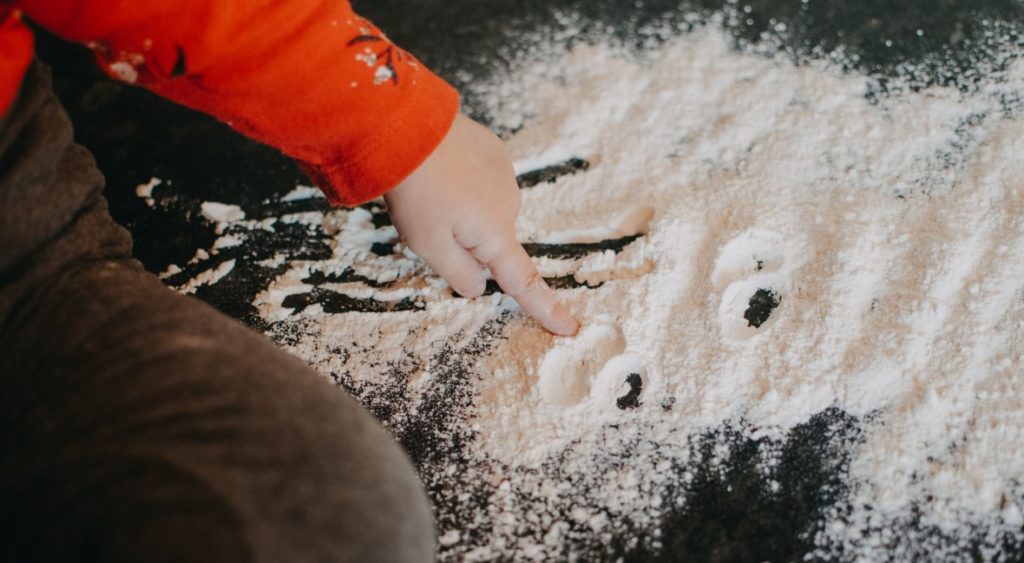
19. Popcorn Kernels*
Unpopped popcorn kernels provide an interesting hard texture to scoop and pour. I have seen kids scoop and pour away for long periods.
*Popcorn kernels are the perfect size to get stuck in noses and ears. Make sure to provide adequate supervision.
Tools and Accessories for Sensory Bins
Adding a few small items to a sensory bin can make any filler super engaging for kids.
Avoid overly themed bins or activities that must be completed in a certain way. It is essential that sensory bins remain an open-ended toy that kids can play with however they would like!
Here are some of my favorite things to add to sensory bins:
- Measuring Cups and Spoons: Super simple and something you already have around! Great for all types of sensory bin filler. Kids love to scoop, transfer, measure, and pour.
- Tweezers and Tongs: Perfect for developing fine motor skills as children pick up small items from the bins. Look through your kitchen drawers and throw in what you have!
- Funnel and Tubes: Kids love pouring things through funnels and tubes. You can save paper towels and toilet paper tubes or get small sections of PVC pipe from the hardware store.
- Magnifying Glass: Allows children to closely examine textures and small items, fostering curiosity and observation skills. Check out all my favorite magnifying glasses for kids!
- Small Toys and Figures: Adding toy animals can spark imaginative play, storytelling, and role-playing within the sensory bin context.
- Shovels, Scoops, and Rakes: Mimic real-life gardening or excavation activities, promoting gross motor skills and outdoor play.
- Natural Elements: Stones, shells, leaves, and pinecones can introduce textures and encourage discussions about nature and the environment. Kids can help collect nature items to add to sensory bins.
- Glass Gems: Kids love hunting for colorful glass gems in all types of sensory bins. You can often find large bags of gems at the thrift store.
Make sure to select accessories that are appropriate for your child’s age and stage. Avoid small parts for younger children who might put items in their mouths.
Mixing and matching different accessories with various fillers can create new and engaging sensory experiences for every play session. You can also have kids select items to add to the bin.
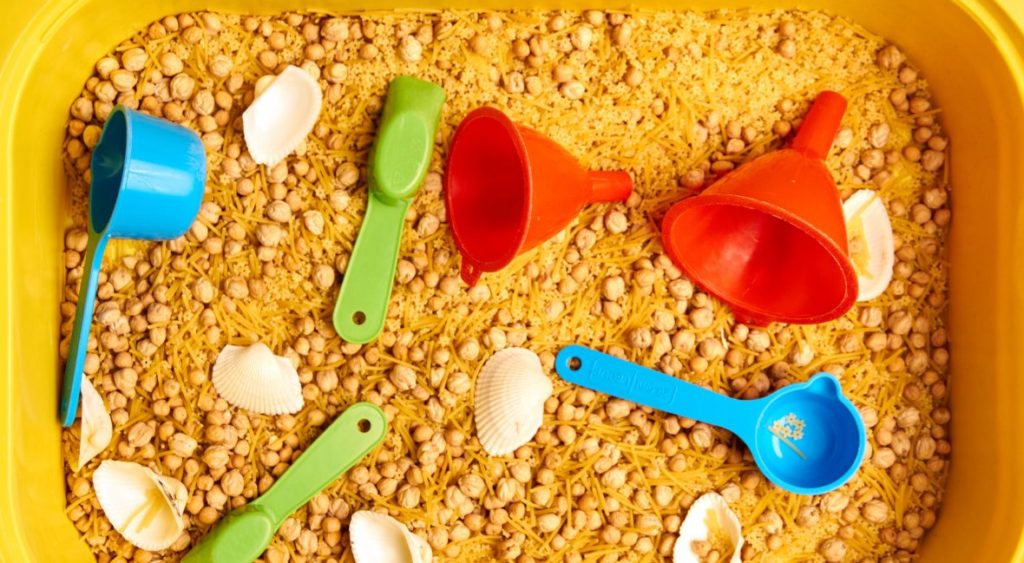
Tips for Using Sensory Bins
Sensory bins can get messy and aren’t always fun for adults; I get it!
Here are my top 3 tips to help you hate sensory bins a whole lot less:
- Find the Best Setup Location: Choose a location based on the mess potential of your filler. Outdoor areas or tiled floors are best for water or sand. Paints and things that can stain are best when kept away from the carpet and the couch.
- Plan Ahead for Cleanup: Anticipate the mess your chosen filler might create and prepare accordingly, with towels, wipes, or a vacuum nearby.
- Allocate Cleanup Time: Factor in time for cleanup after sensory play and encourage kids to participate. This will ensure the house stays clean without you returning later to address the mess.
Sensory Bin FAQs
1. What is a sensory bin?
A sensory bin is a container filled with materials that stimulate one or more senses (sight, smell, touch, taste, hearing). It’s used for hands-on, exploratory play, allowing children to explore and learn through sensory experiences.
You can purchase a sensory bin or simply use any large plastic container.
2. What age group are sensory bins suitable for?
Sensory bins are versatile and can be adapted for all ages, from toddlers to school-aged children. The key is to select appropriate materials and supervision levels based on the child’s age and developmental stage.
For example, a baby could explore cooked noodles or chia seeds in water, but avoiding choking hazards such as pom poms would be best.
3. How do I get started with sensory bins?
To start, choose a container large enough for your child to explore without spilling the contents easily. Fill it with a base material (such as rice, beans, or water) and add tools or toys for scooping, pouring, or imaginative play.
Ensure all materials are safe and non-toxic, especially for younger children who may put items in their mouths.
4. How often should I change the bin’s contents?
This depends on how frequently the bin is used and the type of materials inside.
Some materials, like dry rice or beans, can last a long time, while others, like water or cooked pasta, should be changed after each play session to maintain hygiene.
5. Can sensory bins be messy?
Yes, sensory bins can be messy, especially water, sand, or dirt. Planning for mess management by setting up play areas that are easy to clean, using drop cloths, or playing outside can help minimize cleanup.
6. Are there any safety concerns with sensory bins?
The primary safety concerns include choking hazards for younger children and the use of non-toxic materials. Always supervise children during sensory play and choose age-appropriate items to ensure a safe play environment.
DO NOT use water beads! They can be deadly if ingested.
7. Can I make a sensory bin with items I already have at home?
Absolutely! Many household items can be used in sensory bins, including rice, pasta, beans, water, and toys. You can also use natural materials like leaves, stones, or shells for a more eco-friendly option.
8. How can sensory bins aid in development?
Sensory bins can help with fine and gross motor development, cognitive growth, language skills, social interaction, and emotional regulation. They offer a hands-on play experience that leads to learning.
9. What if my child has allergies?
If your child has allergies, especially to food items like wheat or nuts, be sure to choose sensory bin materials that are safe for them. There are many non-food alternatives, such as sand, soap foam, or water.
Final Thoughts on Sensory Bin Fillers for Kids
Pick a sensory bin filler, add a few small items and accessories, and let kids play!
Remember to keep it simple, allow for lots of unstructured time, and have a plan for clean up BEFORE kids start!
When possible, opt for real-life sensory experiences, such as cooking, washing dishes, petting animals, and playing in nature; sensory experiences are all around us!


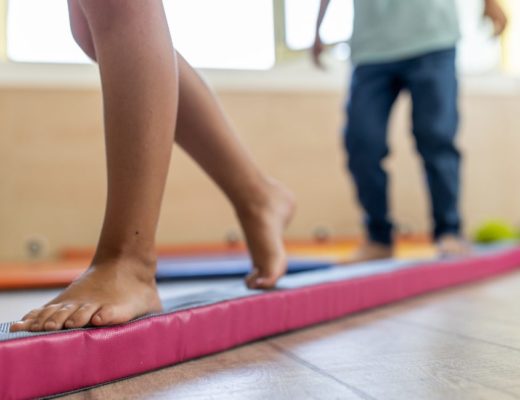
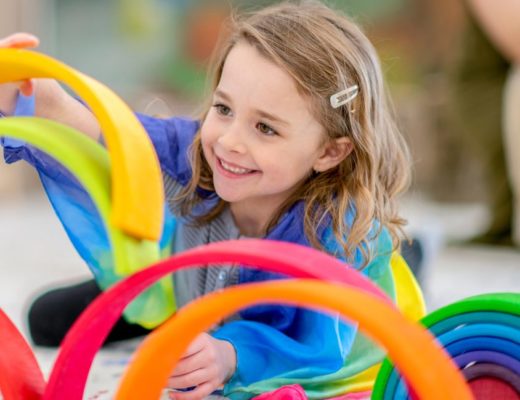

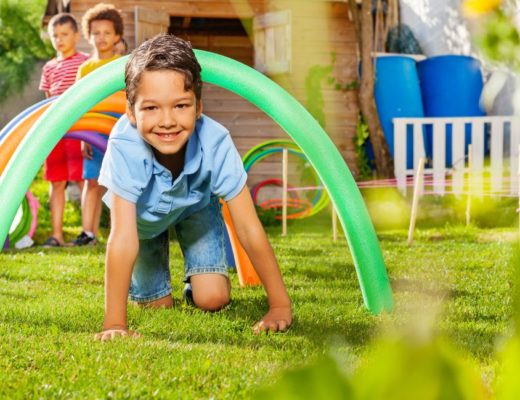
No Comments